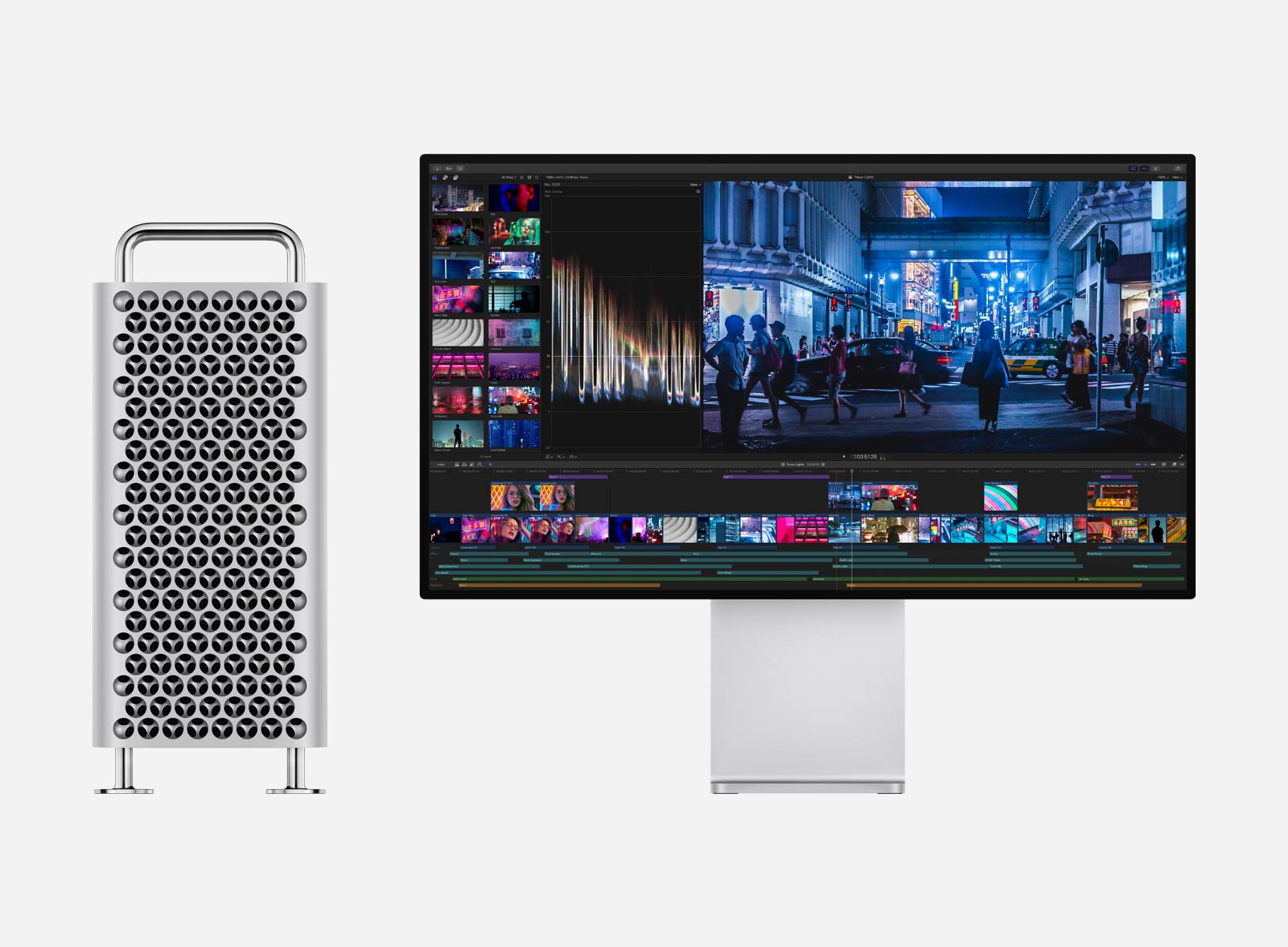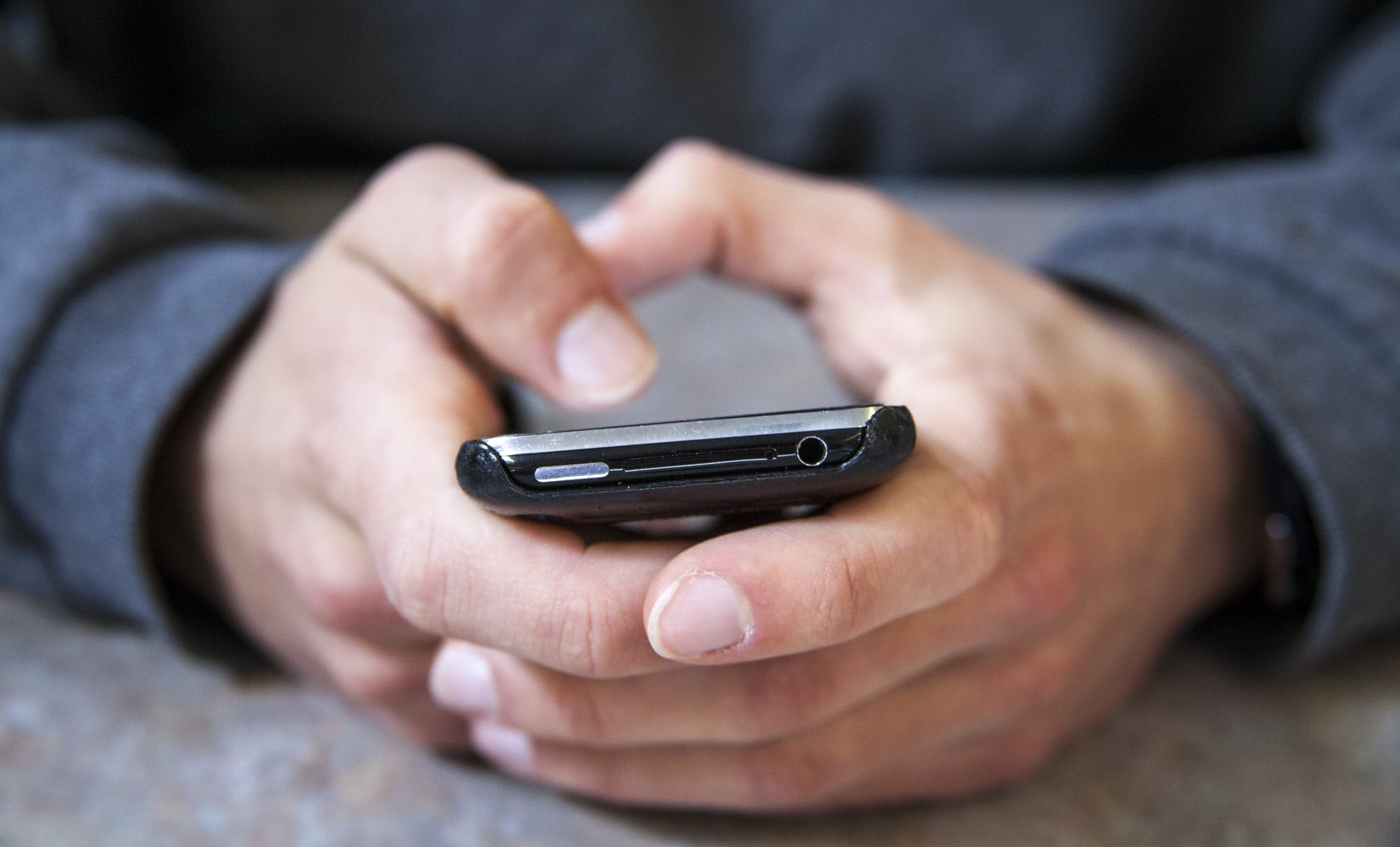As a design student back in the 1980s, a teenage Jony Ive spent a semester with a design agency in London, the Roberts Weaver Group. One of his first projects was designing a new pen for Japan’s Zebra Co. Ltd., a pen-maker based in Tokyo.
Ive’s TX2 pen was made of white plastic — the beginning of a life-long obsession with the color — and had a pair of rubbery side panels for a better grip. But what set the pen apart from every other was a nonessential feature — a ball-and-clip mechanism on the top that served no purpose other than to give the owner something to fiddle with.
Ive noticed that people fiddled with their pens all the time. So he decided to give his pen something he called the “fiddle factor.” This crucial insight ultimately became an essential element of Apple design as Ive rose to become Cupertino’s chief design officer.
This post contains affiliate links. Cult of Mac may earn a commission when you use our links to buy items.
With Apple confirming Thursday that Ive will leave the company to start his own company, many are calling it the “end of an era.” Working side by side with the late Steve Jobs, Ive crafted stunning devices that transformed the world’s relationship with technology. The big question remains, can Apple continue its string of hit products?
The fiddle factor and Jony Ive
Ive’s fiddle factor played an undeniable role in key Apple creations over the years. However, at the time of the TX2 pen, the fiddle factor seemed trivial and even silly to some designers at Zebra. However, it transformed the humble writing instrument into something special.
The deceptively simple decoration made people want to touch the pen and play with it. Zebra put the TX2 into production — a rare accolade for a mere student — and owners of the pens loved them. The TX2 became a huge hit.
“That was a new idea back then, to put something on a pen that was purely there to fiddle with,” Clive Grinyer, a former colleague of Ive’s, told me as I researched my book, Jony Ive: The Genius Behind Apple’s Greatest Products. “The pen’s design was not just about shape, but also there was an emotional side to it. This, believe it or not, was quite jaw-dropping, especially from someone so young.”
The fiddle factor cuts to the heart of Jony Ive’s design genius. In a career spanning 30 years, no designer has been more successful at making computers friendly and approachable, largely by adding tactile elements to his designs.
The first iMac, for example, had a handle on top. For Ive, the handle on the iMac was not really for carrying it around, but to build a bond with the consumer by encouraging them to touch it. It was an important but almost intangible innovation that fundamentally changed the way people interacted with computers.
“Back then, people weren’t comfortable with technology,” Ive told Walter Isaacson for his Steve Jobs biography. “If you’re scared of something, then you won’t touch it. I could see my mum being scared to touch it. So I thought, if there’s this handle on it, it makes a relationship possible. It’s approachable. It’s intuitive. It gives you permission to touch. It gives a sense of its deference to you.”
Apple design: Supremely touchable

Photo: Apple
Since then, almost all of Ive’s designs at Apple have included handles or other elements that encourage touching, from 1999’s iBook to several generations of Power Macs and even the latest Mac Pro.
Computers used to be complex and intimidating. Making them tactile encourages you to just pick them up and figure out how to use them immediately, with no manual or instructions required. Easy-to-use software and interfaces obviously contribute, but so do little unadvertised touches that make the hardware tactile and encourage you to pick it up and play with it.
Remember when you first picked up an iPod and started messing around with the scroll wheel? It was obvious how it worked. You likely chuckled with delight.
Same with the iPhone, iPad and Apple Watch. To a large extent, you don’t need to be shown how to operate them. It’s obvious and intuitive, largely because they are tactile.
Jony Ive: A tactile designer
Tactility is an important thread running through all Ive’s work. He always works hard to make products approachable by encouraging people to touch them.
This approach demystifies technology and makes it personal, friendly and easy to use. You get a kick out of handling it. The design is emotional.
Ive’s career has been a long march to make computers more personal. In 30 years at Apple, he enjoyed an unprecedented run making technology — previously the exclusive domain of hobbyist geeks and businesses — utterly intuitive.
In that time, Ive and his colleagues basically shrank the iMac and iBook down to create devices like the Apple Watch, a powerful computer on your wrist that you interact with using your fingertips. Today’s computers are more tactile — the mouse has been replaced by your fingertips.
The touchable secret of Apple design
Lots of other companies figured out how to great industrial design. Look at the latest hardware from the likes of Samsung and Huawei. Beautifully made, they easily rival the best Apple hardware.
But that intuitive, humane empathy — and never-ending desire to make tech touchable — will perhaps be the hardest thing for Apple to replace as Ive leaves to start his own design firm, LoveFrom.
As Apple dives deeper into wearables and health tech, which is clearly going to be a big push for the company, it will need designers with Ive’s intuitive sense of how to make complex products personal and friendly.
Can Apple pull it off? Here’s hoping Jony Ive’s fabulous fiddle factor rubbed off on his Cupertino co-workers.


